Visiting Tristan da Cunha, the most isolated inhabited island on Earth, is a milestone for serious travellers. Located in the South Atlantic Ocean, over 2,400 km from the nearest mainland, it’s a place where time slows down, nature rules, and community is everything. If you’re lucky enough to step ashore, even for a day, here’s everything you can do to experience the island to its fullest.
Table of Contents

How to get to Tristan da Cunha
Reaching Tristan da Cunha is no easy feat, and that’s exactly why it’s one of the world’s last true frontiers. There’s no airport, and the island is accessible only by sea. Most visitors arrive aboard expedition vessels like we do on our Grand South Atlantic Tour, or via occasional South African fishing boats departing from Cape Town, the nearest port – some 2,400 kilometers (1,500 miles) away.
Voyages from South Africa can take 5 to 7 days each way, depending on weather and sea conditions. From South Georgia, as we do, also takes 4 to 5 days. There is no regular passenger service, and landings are always subject to local approval and sea swell, making each successful landing a minor miracle. In 2025, out of six visiting ships, one had to cancel its landing due to the swell and two others didn’t even approach the island.
Visiting Tristan da Cunha: the activities
The 1961 Volcano Walk & Traditional Thatched House Museum
The 1961 eruption of Tristan’s volcano changed everything. When lava surged down toward the only village, islanders were evacuated by ship to the UK, an event that marked the first and only time in modern history that an entire national population was relocated due to a natural disaster.
This walking tour leads you across the scorched, now-stabilized lava fields and includes a visit to a restored traditional Tristanian thatched house, a style of architecture built with local stone and flax rope. Here, you’ll get a glimpse into life before the eruption and how islanders adapted after returning in 1963, choosing hardship over permanent exile. This traditional house was built in 2012 as a memory of how life was like before the eruption. It is lined inside with painted wood, which in the past would have been salvaged from shipwrecks, and furnished in traditional style.
During your visit, two local ladies will be present to tell you the story of the island – and their own story.
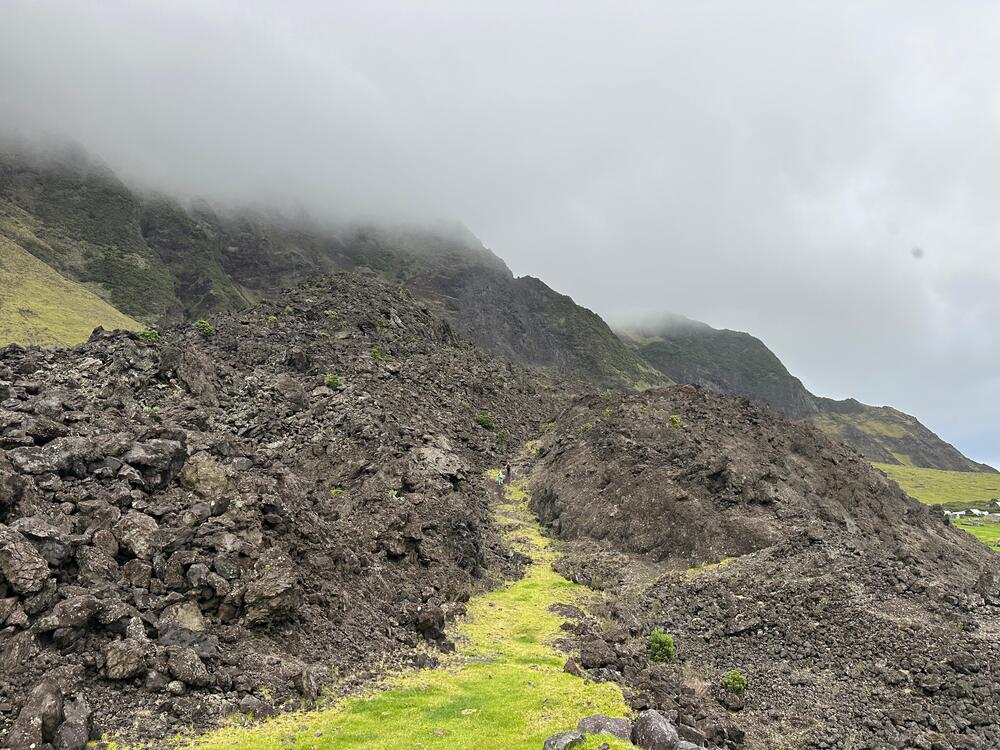
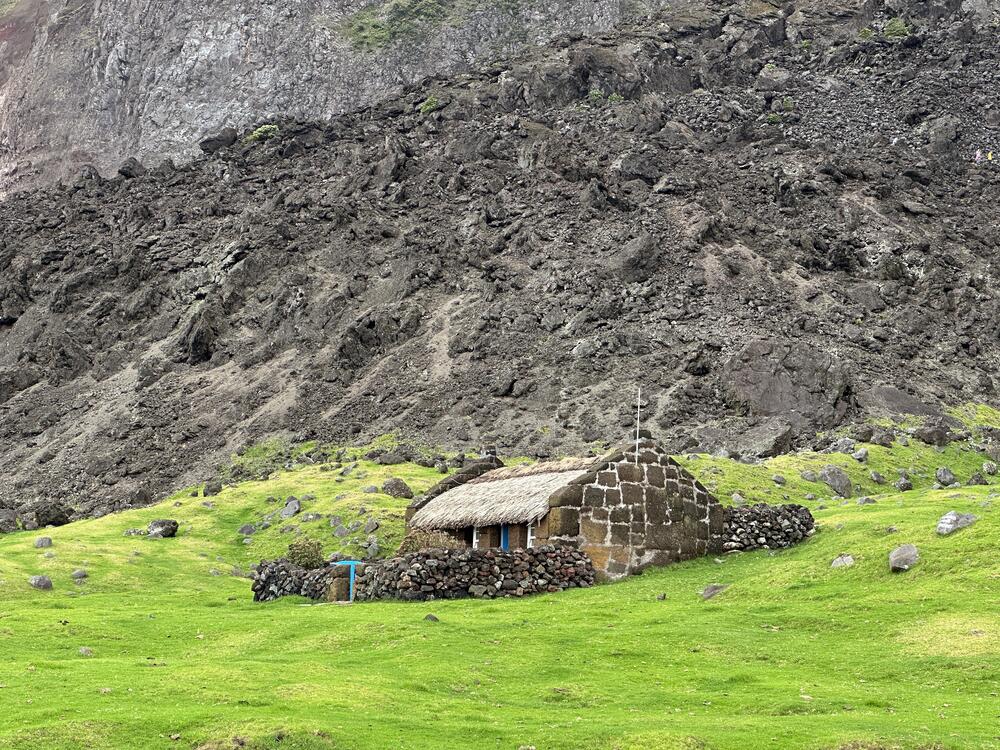

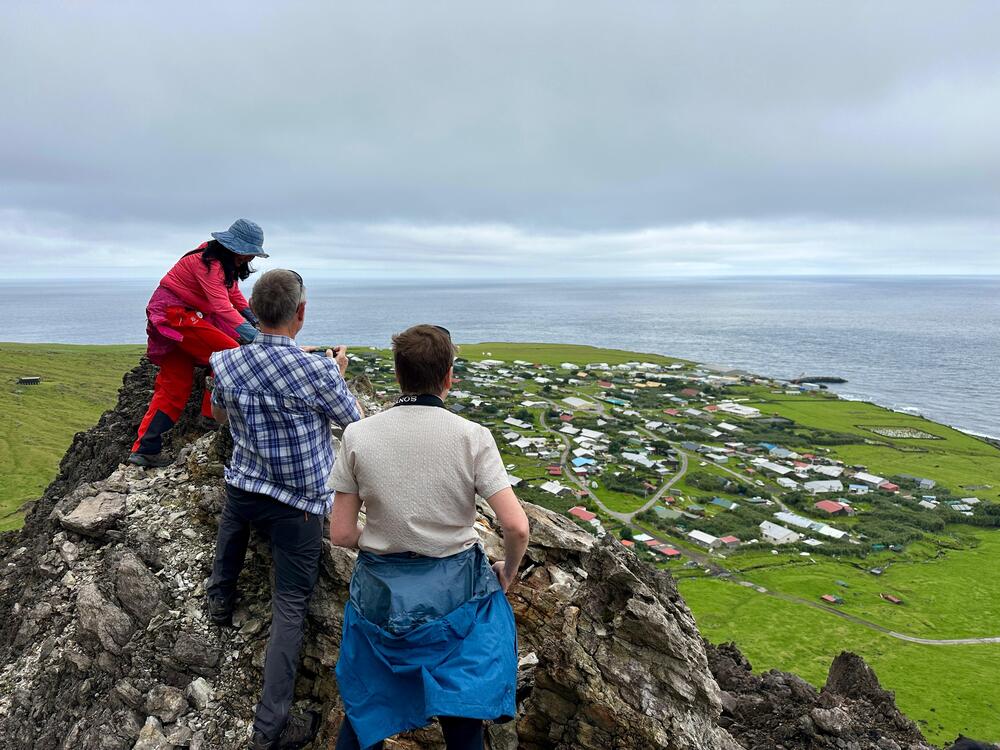
Walking Tour of The Settlement
Edinburgh of the Seven Seas, known locally as “The Settlement”, is a place of resilience, simplicity, and unity. Founded in the early 1800s by a blend of British soldiers, shipwrecked sailors, and a handful of women from St. Helena, the town has only a few roads and buildings, but every one has a story.
You’ll visit:
- St. Mary’s Anglican Church, the heart of spiritual life
- St. Joseph’s Catholic Church, built in 1995-96
- The communal bakehouse, still used by residents
- The graveyard, where headstones tell tales of shipwrecks and hardship
Expect encounters with friendly islanders who know everyone by name and live by principles of fairness and shared responsibility, core to Tristanian identity.
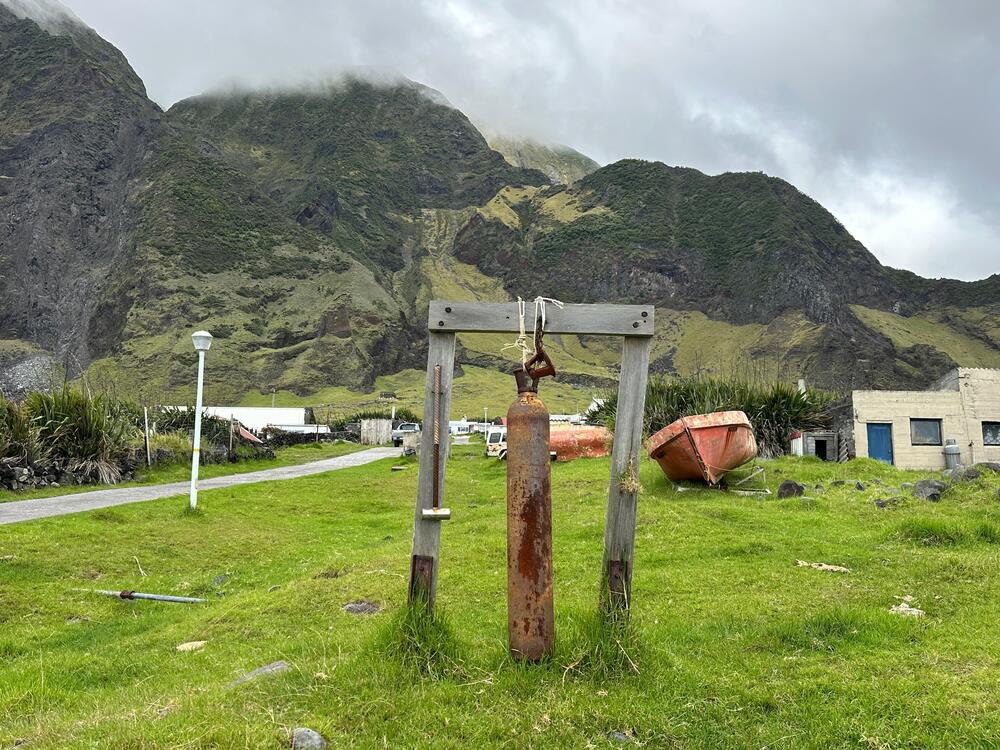
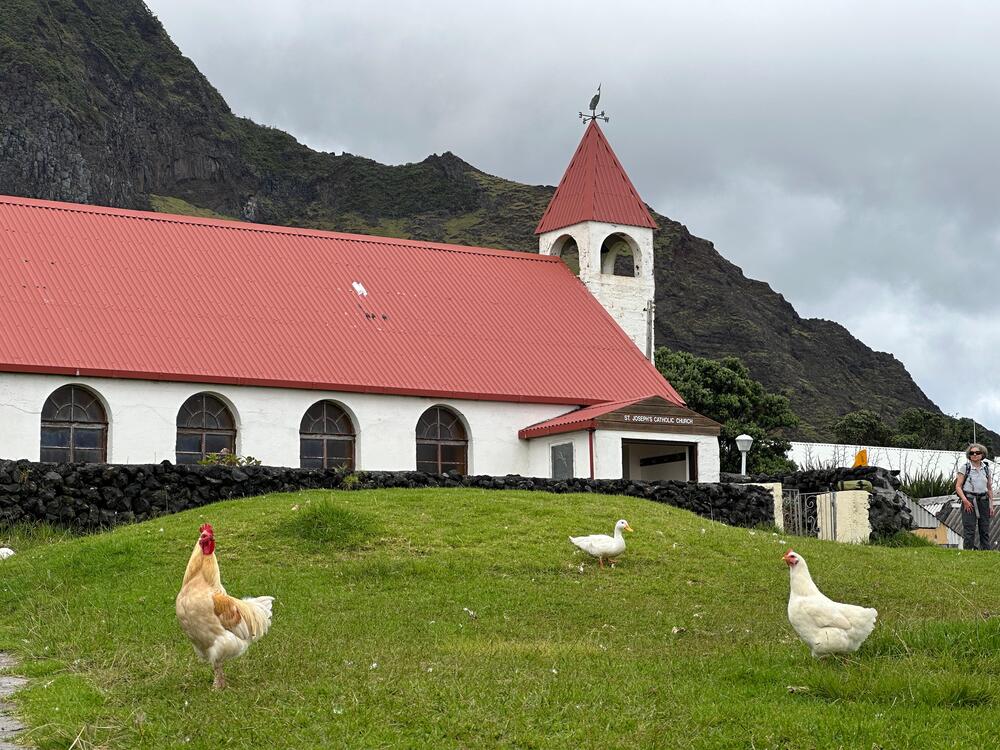
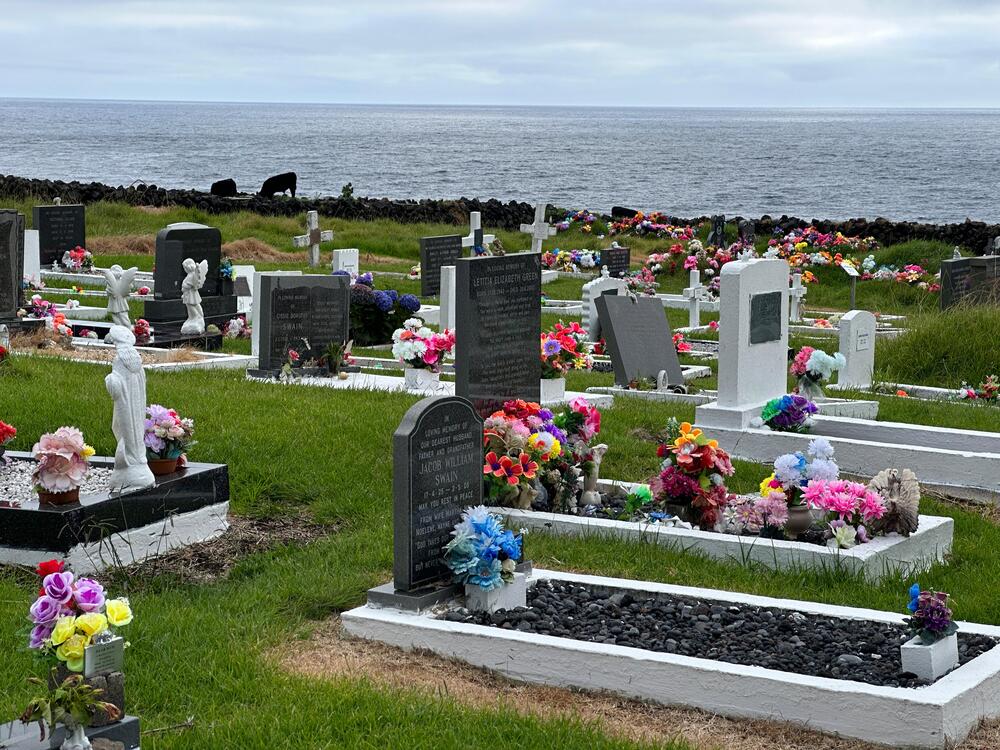
Fish Factory Tour
Fishing is the backbone of Tristan’s modern economy. The Tristan Rock Lobster (Jasus tristani) is one of the island’s only exports, renowned for its quality and fished sustainably under strict quotas.
The island’s small fish processing facility handles the entire operation, from pot to packaging, before lobsters are shipped (via Cape Town) to Europe and beyond. This tour shows how one small community manages a global business without compromising its commitment to the environment or communal ownership.
St. Mary’s School Visit
St. Mary’s School educates Tristan’s children from nursery to 16 years of age. With almost 10 teachers (one per level) and only 20 to 25 kids, the school offers a deeply personal approach to learning.
The curriculum blends UK academic standards with Tristanian life skills: fishing, farming, and knitting among them. After the age of 16, the most academically gifted student can pursue their studies in South Africa, and then the UK.
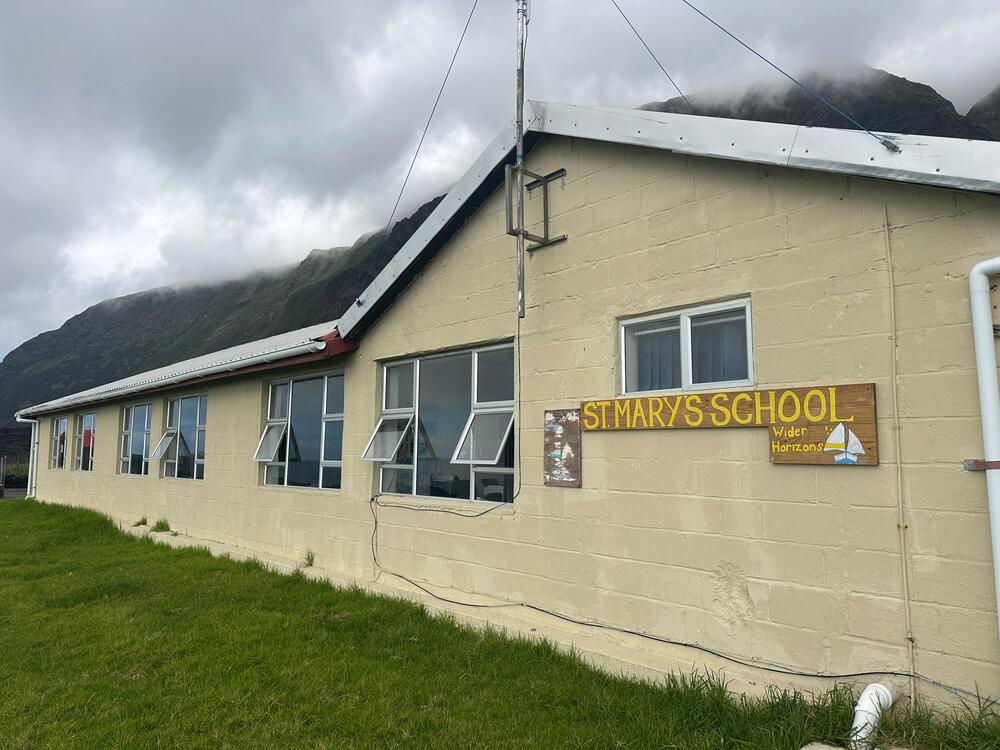
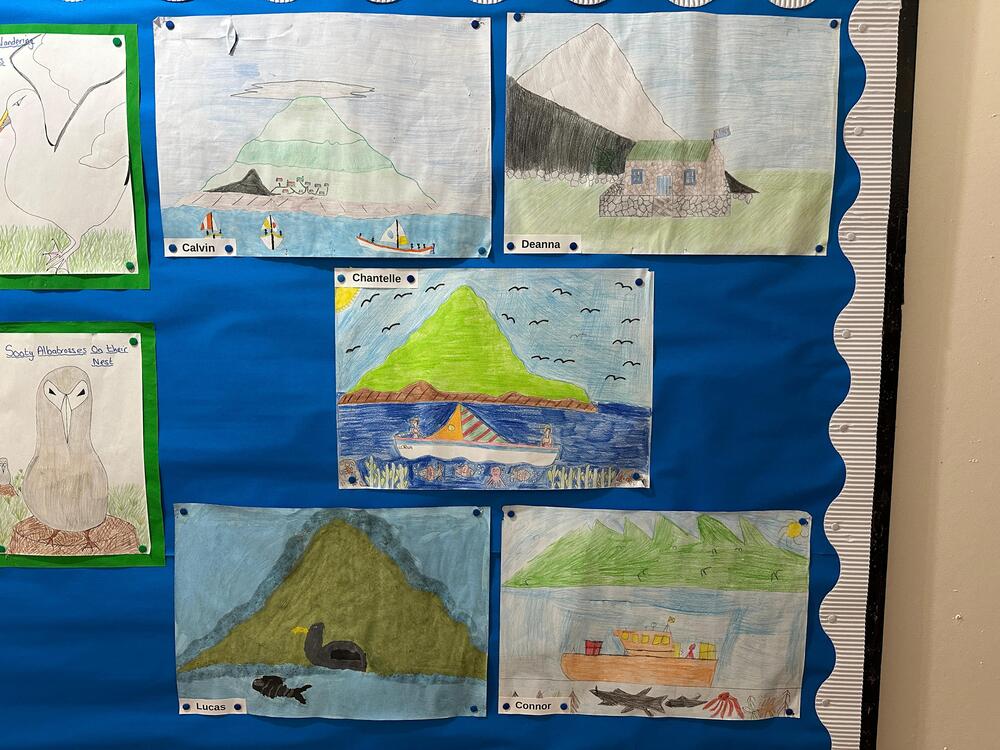
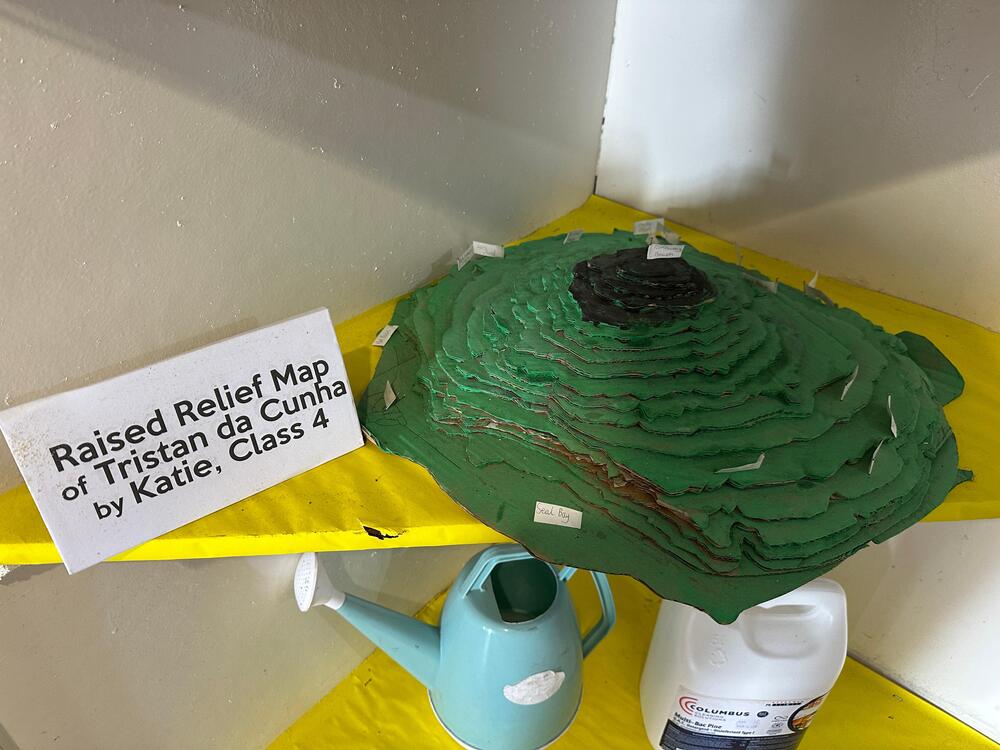
Round of Golf on Tristan
Yes, you can play golf at the edge of the world. The makeshift course outside the settlement includes natural hazards like sheep, boggy patches, and gusty winds. It’s casual, community-run, and entirely unpretentious.
The course also serves as a social hub: expect laughter, camaraderie, and perhaps a local “caddie” offering commentary in the island’s charming dialect.
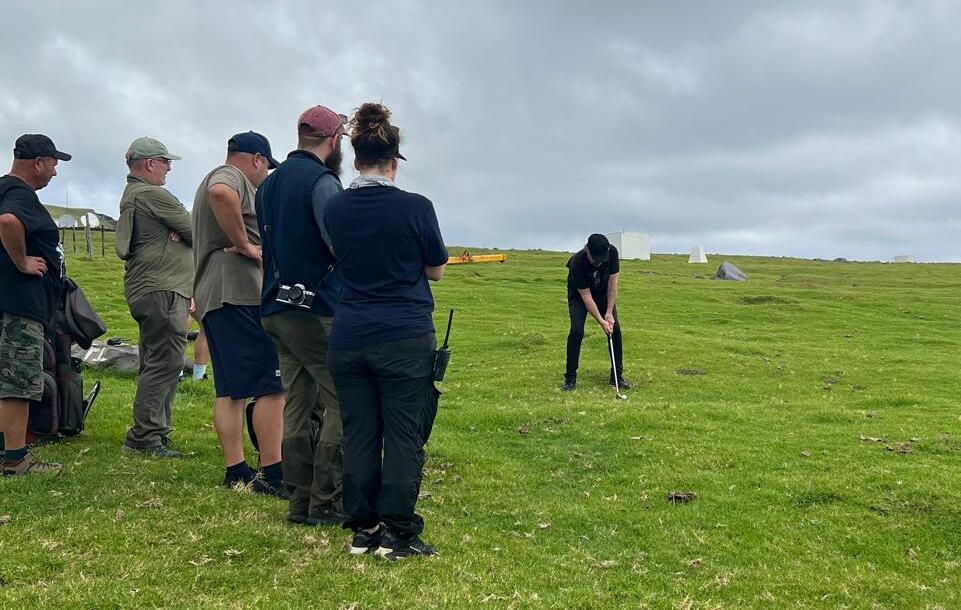
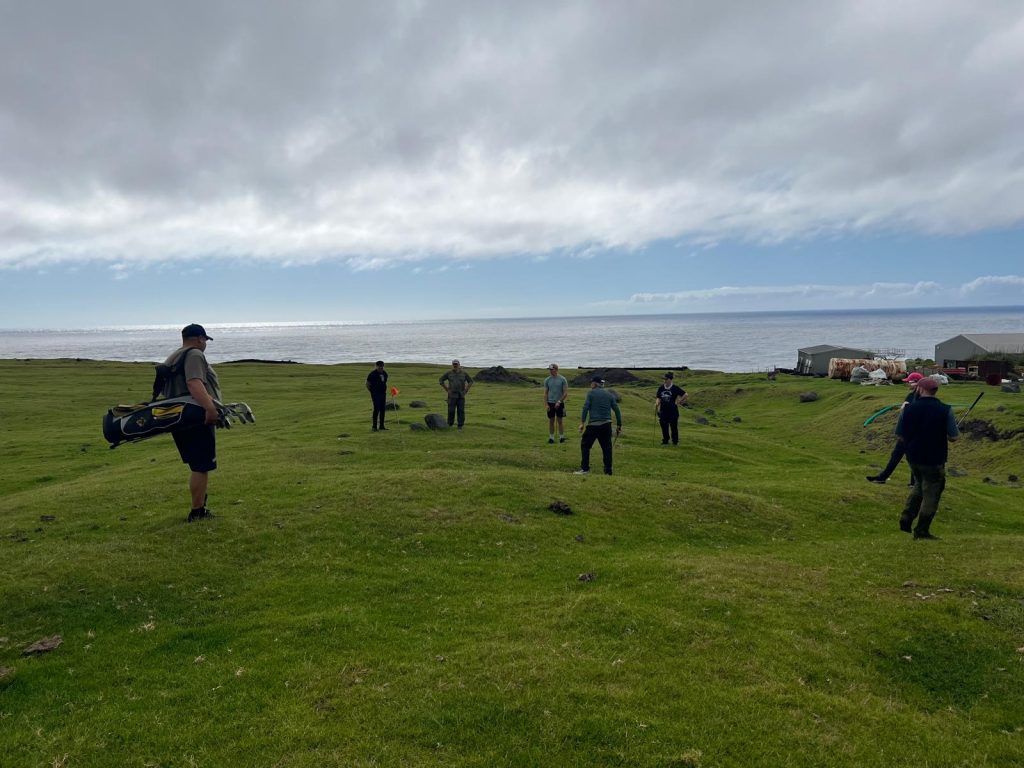
Taxi or walking tour to the Potato Patches & Holiday Homes
The Potato Patches are a cornerstone of island life. Each family has its own plot, used for growing not only potatoes but also other hardy crops like onions, carrots, and cabbage.
This tour gives you a chance to see the holiday homes, which are simple stone cabins where islanders retreat on weekends, away from the village. These breaks in the countryside are a long-standing tradition that reinforces Tristan’s deep connection to the land.
The Potato Patches are located five kilometres from The Settlement. You can go there by taxi or by foot. The air is fresh, the sheep are plentiful, and the views are something you’ll never forget.

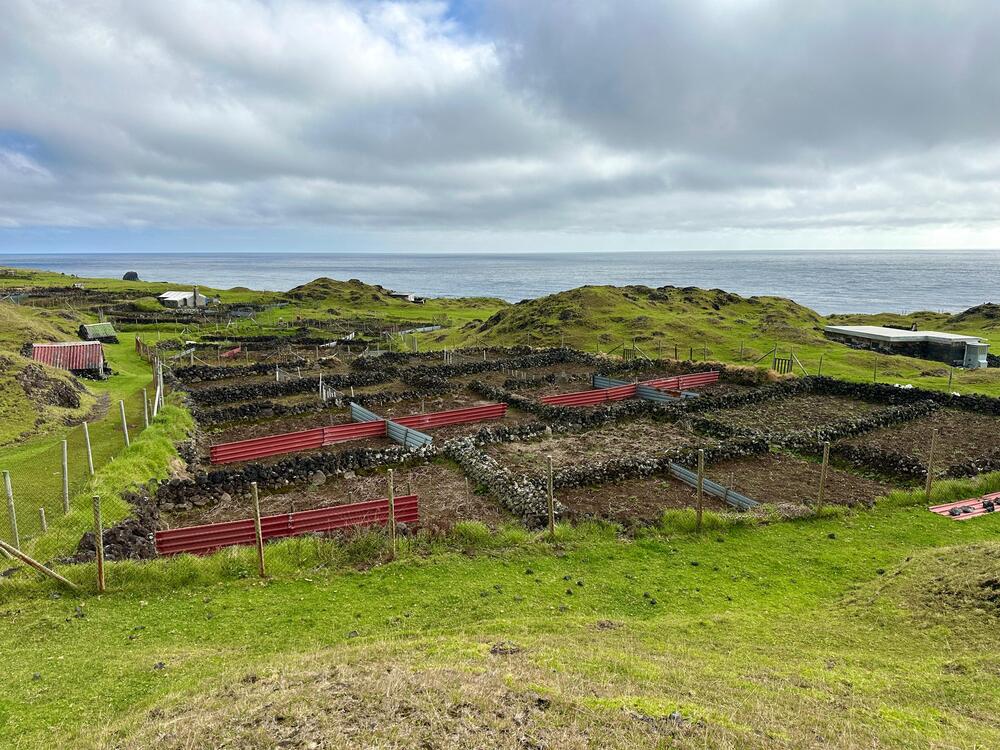
Harbour Fishing Experience
Islanders have fished these waters for generations, using traditional longboats and handlines. Join local fishers at the harbour and try your luck with the Atlantic’s bounty.
You’ll likely hear tales of storms, shark sightings, and maybe even the legendary Night of the Swell, a local event where the sea flooded part of the village. More than a fishing trip, it’s a lesson in maritime heritage.
Venues to check when visiting Tristan da Cunha
Post Office & Tourism Centre
Not just the place to send a postcard, it’s the gateway to Tristan’s story with exhibits on volcanoes, shipwrecks, early settlers, and endemic wildlife. Ask for the rare Tristan da Cunha passport stamp, a prized collectible. It also includes a cozy café with WiFi, hot drinks, and locally baked snacks. The gift shop features hand-carved wooden items, hand-stitched ornaments, books, stamps, and souvenirs made by residents.
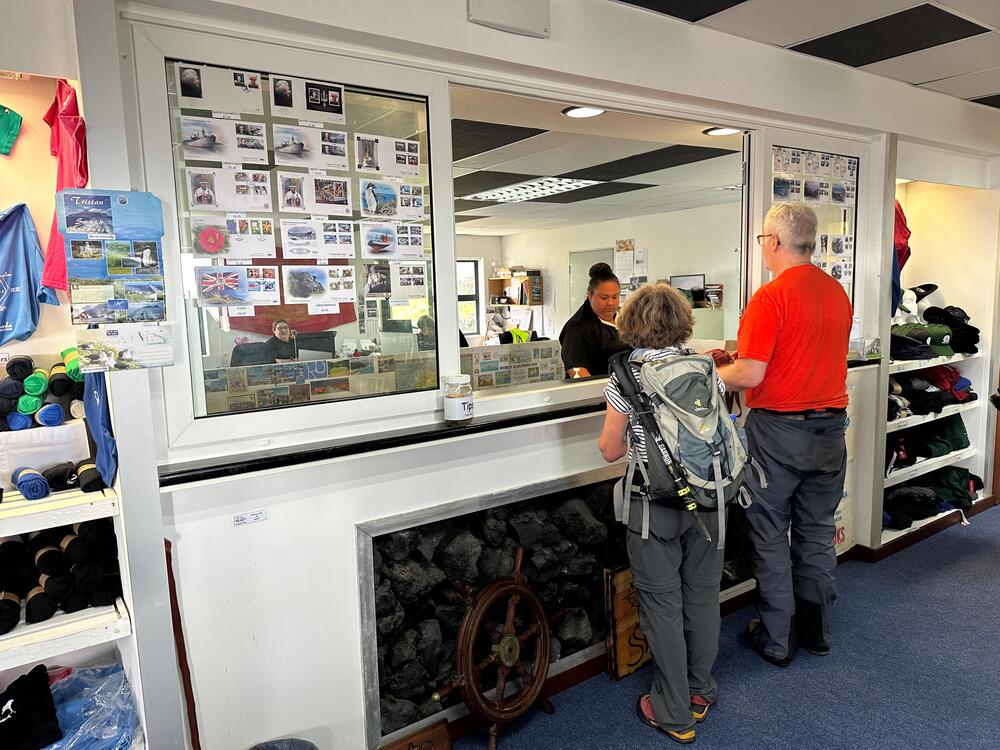
Prince Philip Hall: Albatross Bar & Handicrafts
The Prince Philip Hall is a community centre, bar, and social space. During your visit, you’ll be able to pick up hand-knitted hats, scarves, and socks made from Tristan wool, every piece unique and often tagged with the name of the knitter. And of course, you can stop at the Albatross Bar, the most remote pub in the world! Visiting Tristan da Cunha without stopping here would be like visiting Paris without seeing the Eiffel tower!

Rockhopper Gift Shop
Named after the island’s iconic penguins, this shop specializes in Tristan-themed clothing, guidebooks, and memorabilia. It’s a great place to find a quality keepsake of your visit.
Food & Drink options when visiting Tristan da Cunha
Food on Tristan is hearty, locally sourced, and made with care. If offered the chance to try something homemade, accept graciously. Common Tristan dishes include:
- Crawfish – grilled or stewed
- Fishcakes and fried dough bread
- Island-style stews and soups
- Homemade jams from seasonal fruit
- Fresh bread from the communal oven
The Albatross Bar occasionally stocks island-made beer or – more likely – South African imports.
What to bring ashore when visiting Tristan da Cunha
When getting out of the ship, do not forget to bring the following:
- Sturdy walking shoes
- Waterproof jacket or windbreaker
- Layered clothing, as weather changes fast
- Cash. There are no ATMs, and shops are cash-only. Euros, US dollars and British pounds are accepted.
- A reusable water bottle
Things to avoid when visiting Tristan da Cunha
- Do not photograph locals without permission. Always ask first.
- Avoid buying fresh produce, as supplies are limited for the community
- Don’t wander into private areas: stick to public paths and guided zones
- Never collect rocks, plants, or wildlife. The environment is protected
- Don’t treat it like a novelty. The people here are living their own life, they are not a photo-op
Why Tristan da Cunha is a true YPT Destination
This isn’t just a place, it’s a story. A culture of perseverance. A living, breathing museum. And for the select few who make it here, it becomes part of their own story too. Been there, done that? Probably not. Until now.





